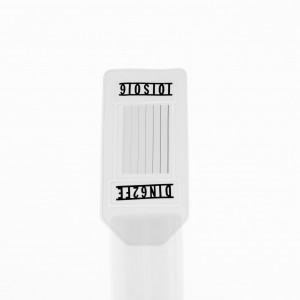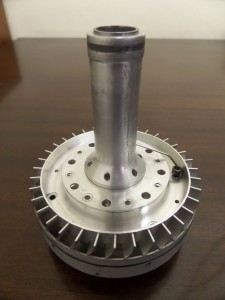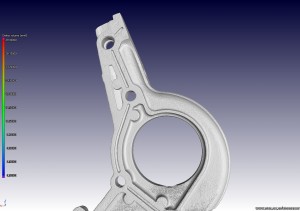Author's posts
Jan 12
First print from CT data
Our first 3D print from a nanoCT scan data set (blown up from 1 mm to 150 mm length) was successful! In this image the happy client is holding his 3D print of a microstructure within his material. This is a great way to visualize and demonstrate 3D information, great for presentations. When added to …
Jan 10
First 3d print
Our first 3D print is completed! As experts in 3D scanning, taking visualization to the next level with physical prints is something we’ve been looking forward to for a long time. This first print is a DNA helix – not a CT Scan data set just yet. 3D printing will be offered as an accessible …
Oct 30
Investigating microwave induced cracks
Edson Charikinya won the best young author award at the International Mineral Processing Congress in Chile, for his paper: “Use of X-ray computed tomography to investigate microwave induced cracks in sphalerite ore particles”. Edson is a final year PhD student from Stellenbosch University Chemical Engineering. His award winning presentation and a corresponding poster from another …
Oct 30
Biology – looking inside brittlestars
This work is from Jannes Landschoff, who won the best poster award for his poster “How many inside? A 3D Micro CT-Scan of Brooding Ophiuroids” at the European Echinoderms Colloquium, Portsmouth, UK in July. Jannes is a MSc student from UCT Biology. This work is still ongoing so more striking images will be loaded once …
Oct 30
Particle size distribution analysis
X-rays imaging at high resolution allows visualization and quantification of any type of sample, including particles and powders. X-ray computed tomography in the micro and even nano scale is now possible, as a service facility in Stellenbosch University. Here we present the advantages of using the method for particles and powder characterization. The full 3D …


 Follow
Follow







